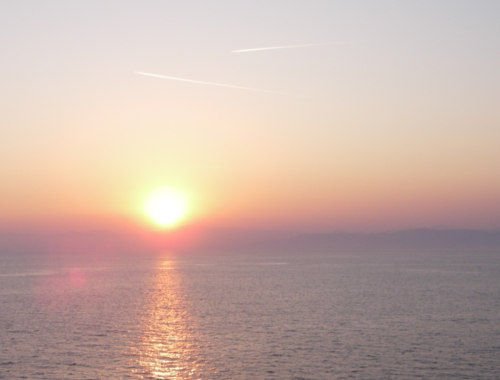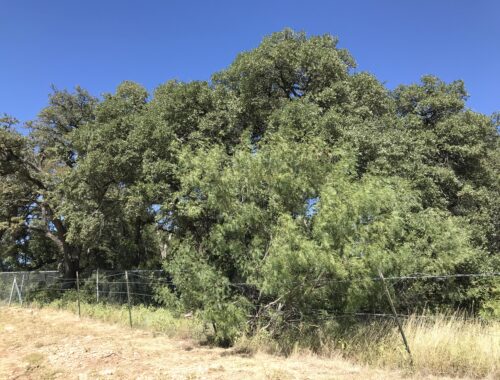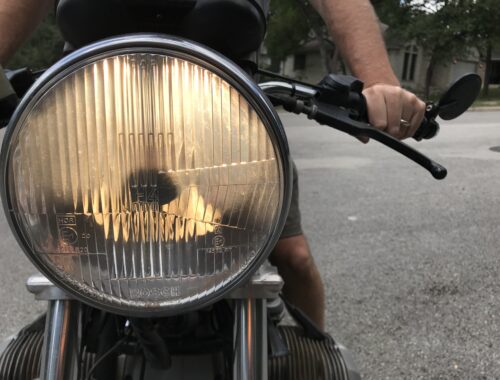
From One Beat to the Next
I’m writing this on Wednesday afternoon, having just returned from a walk on which I was almost hit by a car. I’m less jangled by the near miss than I would have been had I been the driver, the incident already becoming story for me, with connections to other intersections in life. I was walking north, my eyes on the sky and horizon straight ahead, listening to the wind and loud passing traffic. I didn’t hear her, in her silent, speeding Tesla; she didn’t see me as she careened around the corner, hugging the curb, nearly hugging me against her hood. She came to a full and sudden stop—a cessation of movement as stealthy as her previous momentum—after I had stepped into the crosswalk of the street. We missed full-body collision by only a couple of feet. I may owe my life—or at least limb and flesh—to the engineers who programmed the autonomous assists into her car’s software. “I got this for you,” the car-shaped computer may have been offering the teenage driver. “No vehicular negligence or manslaughter today; it wouldn’t go well for anyone.”
With my journey to Alaska beginning in less than a week, I had been thinking on my walk in the Texas sunshine about the events of the stormy day I left Skagway toward Juneau to fly across the country for college. I had procrastinated my packing until that morning; all my possessions fit into a duffle bag; I knew I wouldn’t ever return to the house; I couldn’t bear the reality of not seeing my family until Christmas; I couldn’t stop crying. My dad threw out his back and was—for the first time in my life—immobilized on the couch, wincing at our goodbye hug. (Later that day, he bought a television; we had lived without one for more than a decade, all my first- through twelfth-grade years.) My mom and I dashed to the paved strip that served as an airport and tossed my bag into the back of a four-seater bush plane; the young pilot took off down the fjord into the gathering clouds. The clouds became denser—visibility reduced to zero— and the pilot attempted to fly beneath them. He descended lower and lower—apparently not paying clear attention to the instrumentation in his panic to establish sight lines—until he realized we were just a few feet above the water and about to plunge into it, waves and watery depths within arm’s reach. He yanked us up; we circled back to Haines; there was a frantic rush to get onto the ferry that would leave soon; and then we were safe on that boat, in time to connect to our other flights, one leg after another across the Lower 48 states.
Today, as I stepped backward onto the sidewalk and waved the driver past, her phone and music finally set aside for that moment, I was reminded of a pediatrician’s visit 20+ years ago. The doctor was making sure I was teaching my youngest son to navigate the world safely: “What do you do when you need to cross a street?” she asked him. “ZOOM!” he replied, looking at me proudly, his lesson learned. “Well,” I interjected—reminding him, assuring her, defending myself—“that’s only after, you know, looking left and looking right and only then—if there are no cars—THEN we zoom.” He nodded; just as he had said: “ZOOM!”




